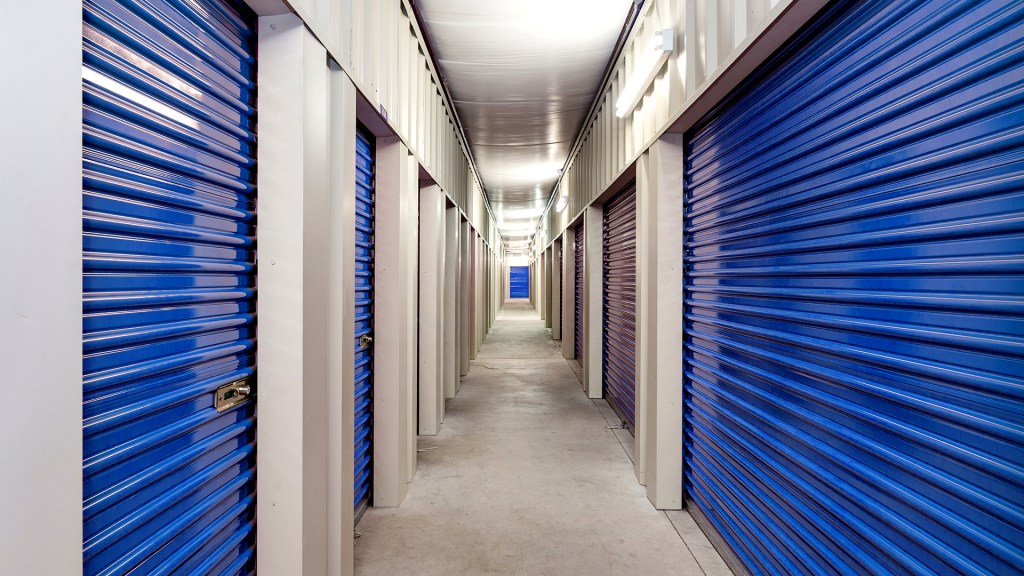By Erica Rascón on March 6, 2017 in News
Two updates issued by the U.S. Department of Housing and Urban Development bring bad new s to homeowners.
s to homeowners.
Denied Mortgage Insurance Rate Cut Costs Homeowners $500/year
The new administration indefinitely suspended a proposed rate cut for FHA-backed mortgage insurance. Instead of dropping rates to .60 percent, they will remain at .85 percent. The decision—made within the hour that the new administration assumed office– will cost homeowners a savings averaging $500 a year. Savings would vary by state. In California, the savings would have averaged $860 per year.
LA Times reports that the administration denied the proposed cut, citing risk prevention as the cause. Borrowers can have down payments of as little as 3.5 percent and credit scores as low as 580.
The average credit score for borrowers, however, was a fair 679 in late 2016.
Non-bank lenders often manage higher risk FHA-backed loans. These lenders may not have the same reserve requirements as banks.
The California Association of Realtors president Geoff McIntosh issued the following statement on the decision: “FHA’s single-family home portfolio is financially sound as it has ever been, and we hope that once the new administration has thoroughly reviewed the merits of the premium reduction the suspension will immediately be lifted.”
Secretary of Housing and Urban Development Ben Carson says he intends to reexamine the decision. He plans to collaborate with FHA administrator and other financial experts to “really examine that policy.”
American Indian Households Face Increasing Challenges
Affordable Housing Finance shared the latest developments in an independent American Indian Housing Report initiated by HUD. While tribes have responsibly used existing resources for improvements, dire housing conditions and a lack of resources continue to hinder progress.
Researchers with the Urban Institute in Washington, D.C. examined the housing needs of American Indians, Alaska Natives, and Native Hawaiians. The team discovered that Native Americans face poorer housing conditions than other Americans.
Plumbing, heating, electrical, and general maintenance issues plagued 23 percent of tribal homes compared to 5 percent of all US homes.
In addition to these challenges, Native American neighborhoods lack sufficient infrastructure such as reliable roads, public lighting, and public transit. Properties also face a myriad of legal issues that exacerbate hardships.
The Native American Housing Assistance and Self-Determination Act of 1996 jumpstarted the construction of new tribal housing in the US. There is still a deficit of nearly 68,000 units: 17 percent of households had at lease one double occupancy room because “they have nowhere else to go.” Some units are needed to replace dilapidated housing.
In a statement, former HUD Secretary Julian Castro explained, “This assessment paints a stark picture of the deep and enduring housing needs being experienced by Native American and Alaska Native households.” He continues, “It’s imperative that we support tribes and continue to produce more quality housing in communities where families are living in overcrowded or unsuitable conditions.”
Tribes resourcefully use block grants issued in 1996 to address housing and infrastructure needs. Unfortunately, inflation has diminished the potential of the funds.
Nancy Pindus, a senior fellow in the Urban Institute’s Metropolitan Housing and Communities Policy Center observes, “[…] the tribes were given the primary responsibility for planning and operating their housing programs. Tribes have demonstrated that they can construct and rehabilitate housing for their low-income members under this system, but the funding has been eroded by inflation.
Visit HUD.gov for more information as these stories develop.


